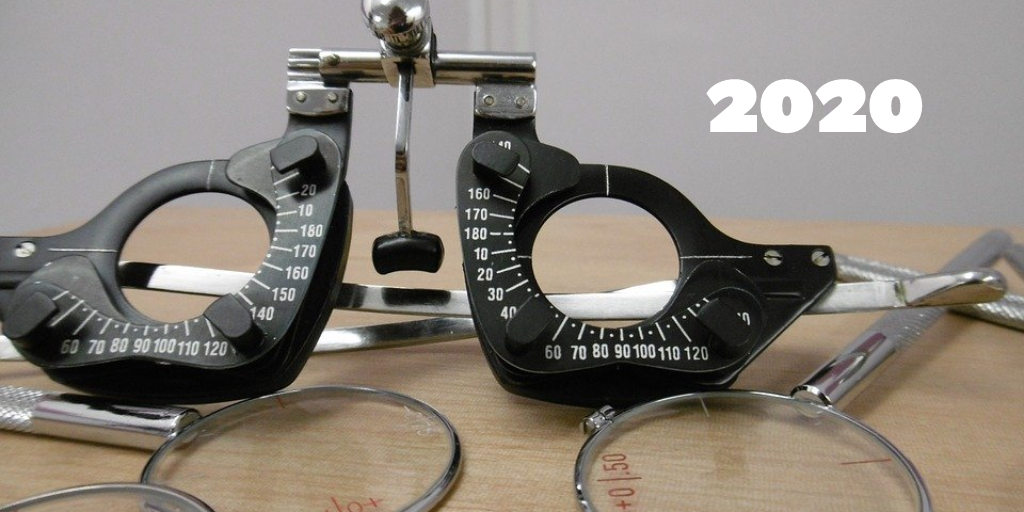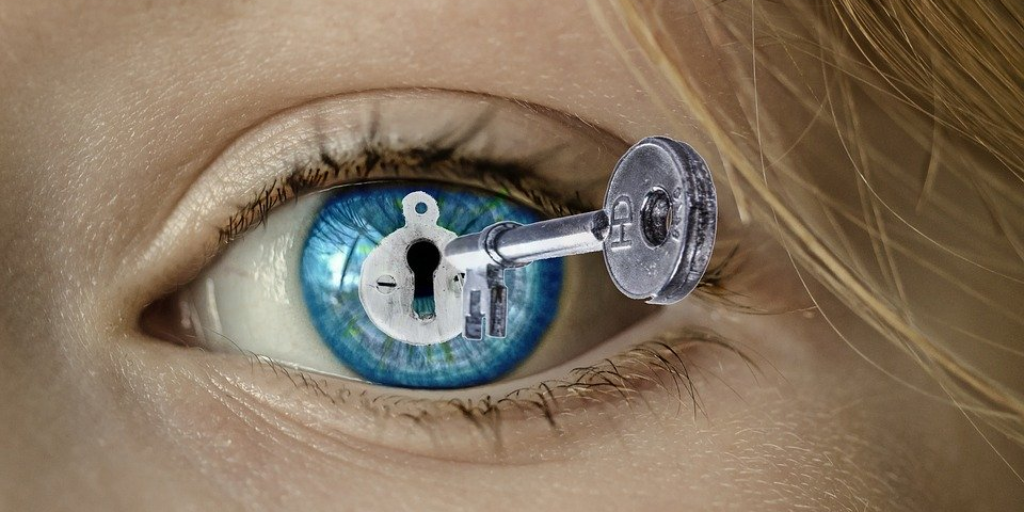Optometry’s year can give ODs an edge with treatments
Dad joke? Perhaps. But the 2020 reference to vision presents certain opportunities to ODs
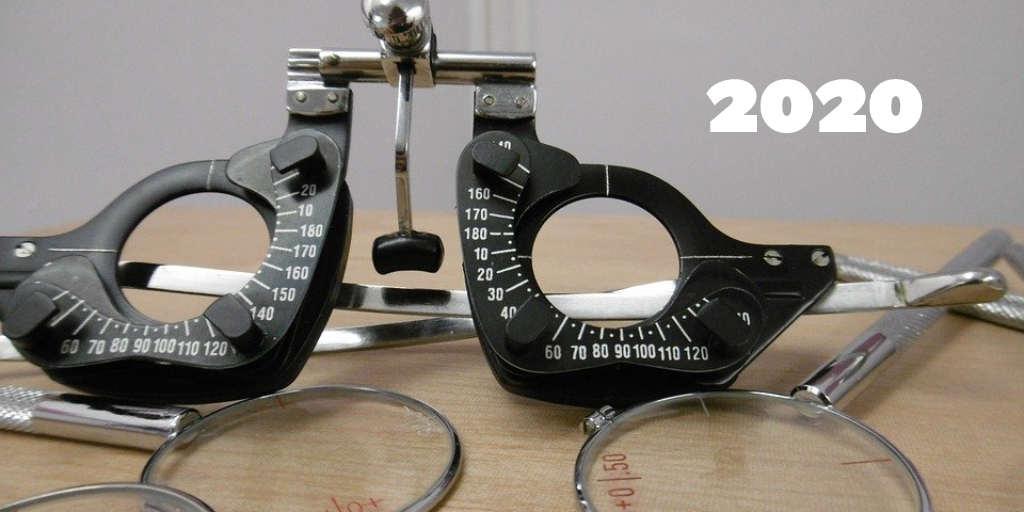
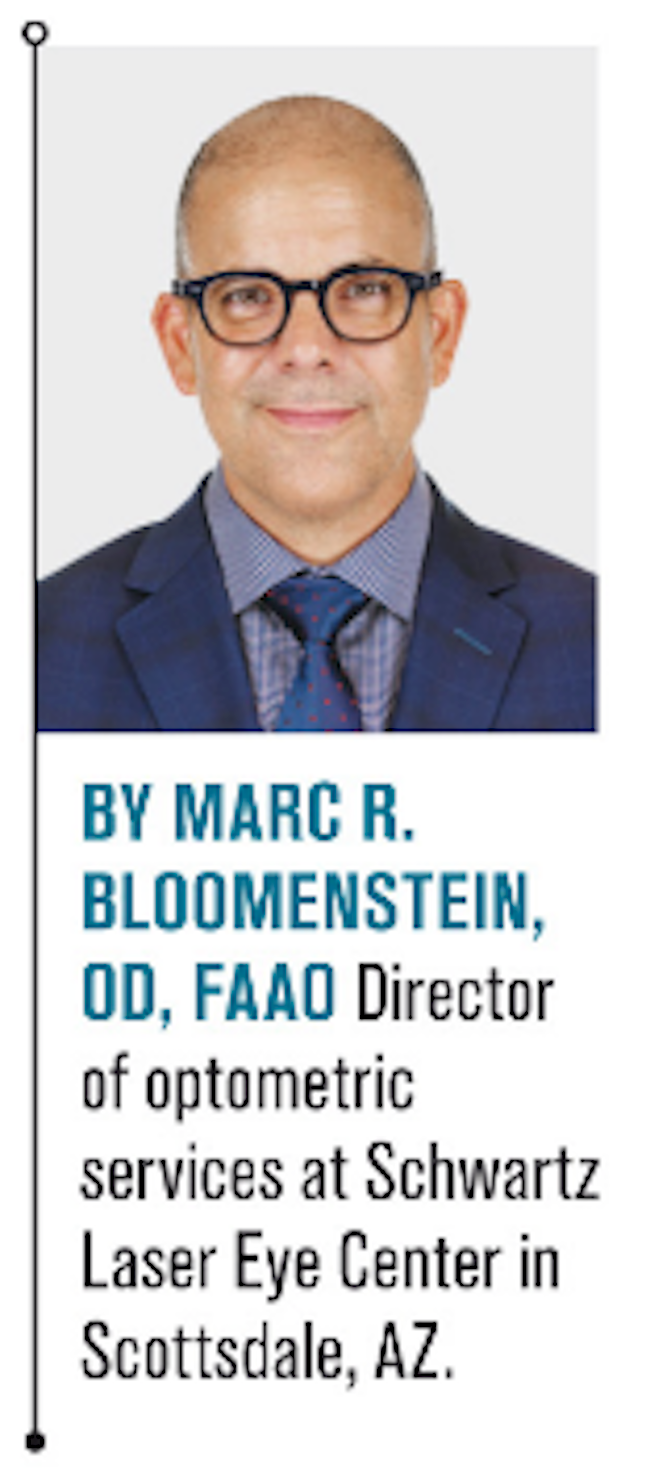
Whether you love it or love rolling your eyes at it-there’s no denying that the year 2020 affords certain marketing opportunities to professionals in the eye care field. Opportunites such as prioritizing visual acuity, with a little extra enthusiasm than in years past, or ephasizing ways to maintain 2020 vision into the year 2030 and beyond. No matter how you spin it, this opportunity only comes around once. It would be a shame to let it pass by uncelebrated.
As an optometrist, it is fair to say that all ODs are a little altruistic, generous, and often givers. Let’s be honest, though-while we are all striving to achieve the best possible vision for our patients, it is still our vocation. Moreover, we want to receive some recognition for our efforts, akin to putting a dollar in a tip jar. We may wait until someone notices our accomplishments because if they don’t, we may as well just not have given anything.
Thus, I ask that if you are using the digital format to read this article, you immediately forward it to five friends and tell them to send it to five friends. I know you have not read it yet, but that giving heart of yours will help to put me in the top five most-read articles of 2020.
So, go ahead, I will wait.
More from the March 2020 issue: The effect of contoured prism lenses on chronic headaches: a case study
Welcome back. For those of us who have been around a while, marketing around the “year” has become a common practice. When laser-assisted in situ keratomileusis (LASIK) first took hold, ODs were inundated with advertisements that proclaimed with wavefront technology, “We can expect 20/10 vision by 2010.” A bold statement, that line created expectations that were both unrealistic and unattainable.
Well, now it is the year 2020, and we are ramping up for a whole new year of references that will make every dad joke look like it came from The Comedy Cellar.
You don’t have to look much further than the January 15 episode of “Full Frontal with Samantha Bee” which opened with an eye exam from Jimmy Smits, OD, to hear the 2020 puns roll in. I have stated in the past that this 2020 reference to 20/20 vision is actually not great because I cared more for 2015-it was a good year and better vision.
Yet, the ability to play off the 2020 theme is sticking to me like every price tag on glassware. I just can’t let it go. Optometrists should not, either.
Related: Sights are set on perfect vision in 2020
I have always taken liberties with my quarterly department at Optometry Times®, and this “most read article of 2020” is, at surface value, one of these journalistic stretches. However, it deals with the ability to manage patients and to comanage care with whomever performed a surgery or is providing therapy.
Moreover, cooperative management can and should extend from us to patients. No middle person is needed. A direct line of clinical acumen to create this cooperative care with every patient in your chair.
Better vision
There is one definitive quality of patients’ eyes that transcends all facets of optometric care. In fact, you can be a pediatric optometric physician, a cataract and refractive surgery specialist, a contact lens guru, or even an OD in the Veterans Afffairs (VA) system who fancies himself a retinal maven: at the end of the exam our goal is a unified 20/20 vision or best corrected.
And with this being 2020, we have had a lot of time to realize that unless the tear film is stable, nothing we do to the visual system will matter.
More from the March 2020 issue: How to create an ocular surface disease treatment protocol
In this year of 2,020 AD ODs should collectively take control of the marketing bonanza that befalls us and give it back to our patients. Keep reading, you will smell what I am stepping in.
Visual integrity
The technological advances that have afforded us the ability to read this article on a device, and forward it to 10 friends, is also responsible for inducing less than favorable changes to our tear film. It is an undeniable fact that when individuals view a screen, they don’t blink at the same frequency they normally would. Furthermore, ODs know that meibomian glands are not secreting when someone doesn’t blink, thus more inflammation occurs on the ocular surface.
More from the March 2020 issue: 5 tips to keep presbyopes in contact lenses
Inflammation, in turn, induces more glandular obstruction and osmolarity changes and churns the viscous cycle of dry eye disease.
Without getting too far into the weeds, I want to state that every interaction we have with our patients, unequivocally, should be focused on maintaining visual integrity.
However, ODs are not naive and know that while they can guide patients to the treatment, they can not make patients actually fill a prescription for drops twice a day or use a heat mask for 10 minutes a day; this is where the marketing genius of 2020 comes in to help drive our point literally into their homes.
More by Dr. Bloomenstein: Practice cooperative management early to avoid later complications
Make it relatable
In order to cultivate compliance, ODs must demonstrate the cause-and-effect relationship that treatment decisions have on their patients. The 2020 gadgets at ODs’ disposal affect quality of tears as well as other environmental changes-but that doesn’t fit my narrative, so remember all the risk factors, but stay with me on this 2020 theme.
Patients understand that ODs have evolved understandings of the visual system, diagnostic capabilities, and treatment options. I mean, it is 2020.
Every OD should be advocating for their patients’ vision and providing practical ways to improve the ocular surface to maintain 20/20. Patients may not be symptomatic, but they are sympathetic. Play to your patients’ fears. Not being able to work, play, watch, or use their monitors can be the kick in the butt patients need to pursue treatment.
More by Dr. Bloomenstein: Use technology advancements to modernize your practice
I envision clinicians across the Untied States saying the same thing: “Who doesn’t want to watch every episode of ‘RuPaul’s Drag Race’ in one night? In order for you to be able to see all that great drama, we need to ensure you have a good quality of tears on your eyes surface. We don’t blink enough when we are watching the stylistic efforts of those contestants. So, this is what ‘we’ need to do in 2020 so that your vision isn’t 20/30 in 2030.”
Obviously, ODs will want to get a sense of what TV shows or movies patients actually like, otherwise, they will be forced to guess. However, if patients are younger, I suggest bringing up a YouTube show or something on Disney+, but the gist is the same. And yes, this talk should start young.
Let us all make lemonade with the 2,020 lemons we have been given.
We optometrists don’t have a lot of time, so start now-and don’t forget to forward this article to 20 friends.
More by Dr. Bloomenstein: Don’t shy away from steroid use for surgery patients
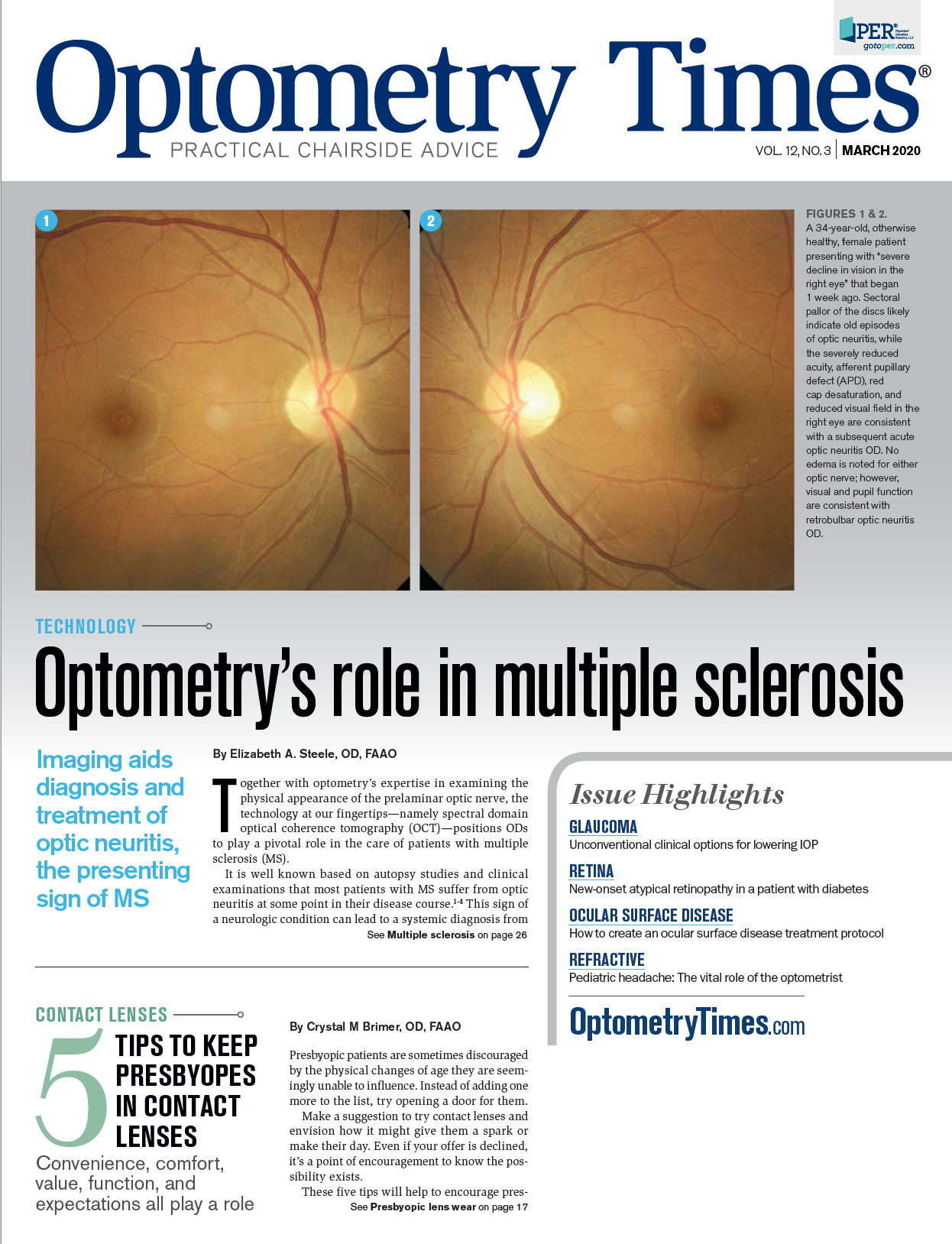
Newsletter
Want more insights like this? Subscribe to Optometry Times and get clinical pearls and practice tips delivered straight to your inbox.





.png&w=3840&q=75)







